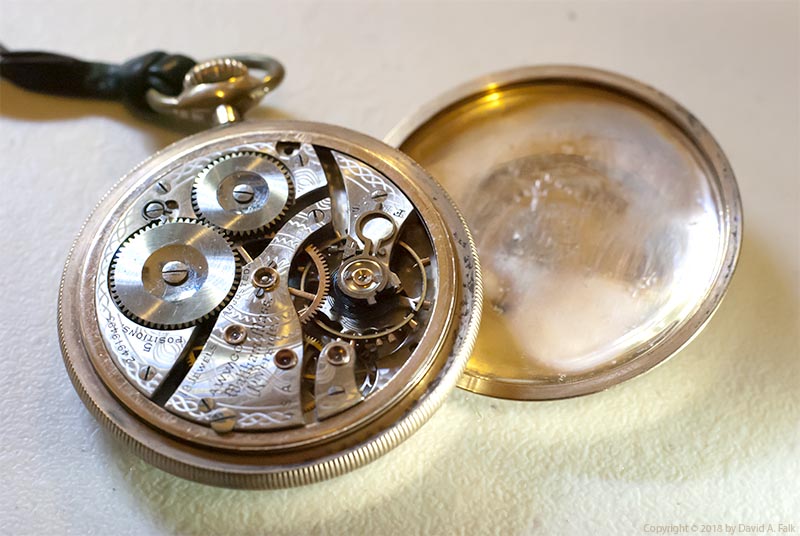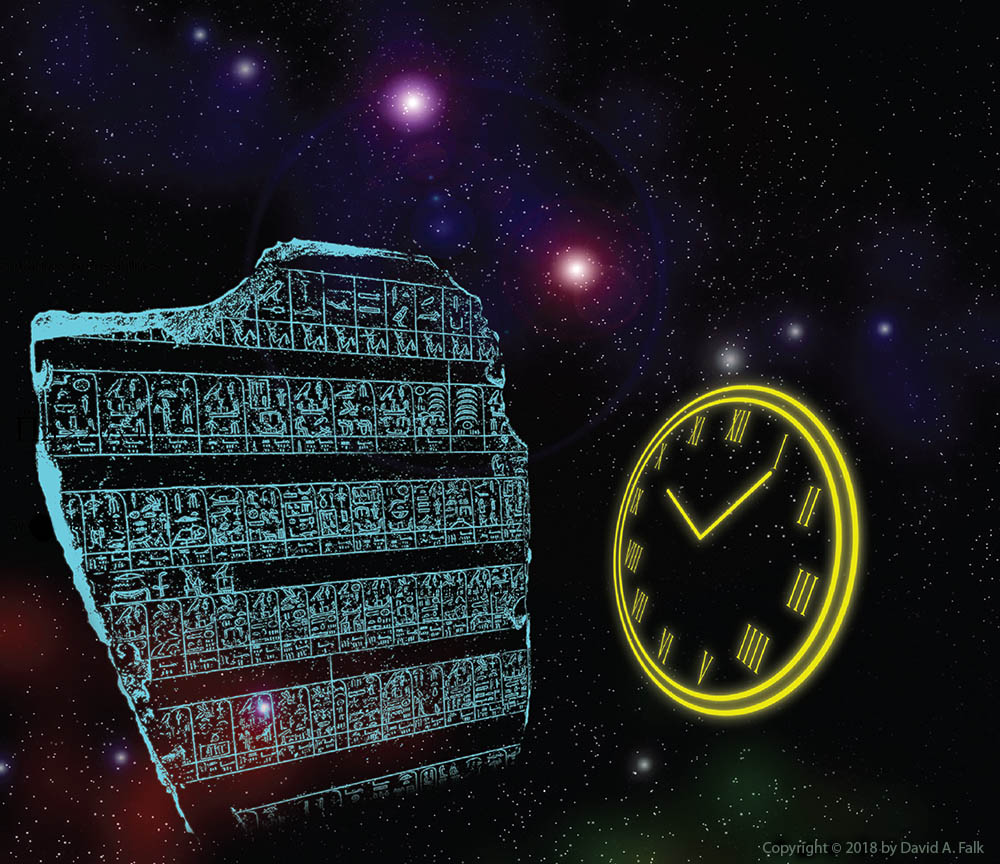The Problem of Chronology
The fundamental problem was that anyone could develop a chronology without any rigor. Even conservative theories from otherwise respectable academics often had the same epistemological basis as the lunatic theories. Theories asserted to be true couldn’t be shown to be true or false. Prior to 2017 the “sniff test” of plausibility was the best that scholars thought that they could hope for.During my PhD studies I was a research assistant under Kenneth A. Kitchen. As I watched Professor Kitchen work, I noticed how mechanical chronology creation could be. Based upon my observations of how Kitchen constructed chronologies, I began to work on Groundhog: Chronology Test Laboratory in 2014.
At first I tried to create a program that could simply reconstruct Kitchen’s chronological process with a computer. But the deeper I got into it, I observed several things about chronology that were never before documented in any meaningful way.
My Observations
(1) Theories of chronology are essentially the dates or reign-lengths ascribed to the various kings of the ancient Near East. This is the subjective data or hypothesis that any particular modern scholar would be trying to prove. These numbers vary with each tested theory.(2) Kings in the ancient Near East sent letters and treaties to each other. These documents created synchronisms. A synchronism is a relationship between two people that shows that they lived at the same time.
Regardless of the dates assigned to the reigns of the kings, synchronisms are static. Synchronisms do not change. The marriage contract between Ramesses II and Hattusili III is a synchronism that will never change regardless of the dates assigned. Synchronisms are the objective data.
(3) If we have a subjective hypothesis and objective data, designing an experiment to test the hypothesis against the data, provided that the data is sufficient, becomes possible. In the ancient Near East, about 500 kings and 150 synchronisms are attested well enough for this purpose. This provides a sufficient basis for testing.
Development of Groundhog
Having the pieces in place, I developed a software platform with the ability to take a chronology and test it for internal consistency. Using Groundhog, one can reconstruct a chronology and test it against the 150 synchronisms. This test produces a result that shows the chronology to be internally consistent or not. While this test does not show if a chronology is true, it can show if a chronology must be false.For the first time, a chronology can be tested objectively, rejecting certain theories from further consideration. This new tool can also assist human operators to eliminate errors from a chronology that are caused by an inability to factor the consequences of extended interdependencies. And finally, Groundhog introduces to the field a theoretical basis and methodological praxis that has been sorely lacking.
For more information about Groundhog see the project web site at http://www.groundhogchronology.com

